Welcome to the latest edition of the Rewilder Weekly! 🦬🌳🐺🌞🌍
I wish I could share recorded sessions from last week’s Citizen Zoo rewilding conference, but I haven’t seen anything yet. So for now, to give you a sense of what must have been a hugely inspiring rewilding event, here’s Frans Schepers’ post and pictures.
Now then, let’s get on with this week's eight selected stories.
Wishing you a good week.
Cheers,
👉 As a reminder: If you come across stories you’d like to see featured in an upcoming edition of the Rewilder Weekly, send them to me and I’ll gladly do what I can.
1) Five achievements highlighted by Rewilding Apennines
The fine folks at Rewilding Apennines have inspired me ever since I first read about their work. And since I’ve started the Rewilder Weekly last year, they’ve been a near-constant companion with their insights and highlights. What they do, and how they engage the community with all and everything they do, is exemplary - I’m just sorry I didn’t manage to make a detour to spend time with them during my long-distance hike last October from Florence to Rome. Well, it shall happen eventually!
Kudos and, again, many thanks! I was inspired by Wild (the poison-sniffing dog) and Julien; by the freeing of the Giovenco River; by all of the continuous efforts to make coexistence with the bear a success and by much, much more. If you read this and want to know more about their tremendous work, why not visit them? Make your next trip an Italian rewilding experience (link below)!
👉 and here to plan your rewilding experience in Italy
2) Former shooting estate secured for nature recovery
The Dorback Estate lies within Scotland’s Cairngorms National Park and spans over 15’000 acres. This former shooting estate has been bought by Oxygen Conservation with the commitment to long-term conservation and regeneration. Rich Stockdale of Oxygen Conservation met with the local community and shared his thoughts from that first gathering here. He writes, “Transparency is at the heart of everything we do because we understand that conservation cannot happen in isolation—it must include and benefit the people who live and work in these landscapes.”
Seems they’ve had an excellent first get-together. I find the transformation of shooting estates into oases of nature recovery, regenerative farming and ecotourism as a supremely effective way forward to get to 30% by 2030. As Guy Shrubsole’s lays out in great detail in his new book The Lie of the Land, shooting estates have long shown that they are not exactly paragons of conservation. I wish the people of Dorback - and Oxygen Conservation, of course - all the very best as they start this very hopeful new chapter.
👉 Go here for the article in The Scotsman
👉 and here to engage on Linkedin
3) Listening to the Quiet with Harrison Ford
In this five-minute video by the E.O. Wilson Biodiversity Foundation, Indiana Jones, err, Han Solo, err Harrison Ford talks about how his friend E.O. Wilson and the importance of the quiet voices of nature. The clip is a quietly impassioned plea for all of us to mind nature, to immerse ourselves in it, to learn from it, to be respectful with it - because nature’s ecosystems allow us our lives.
We’re not doing well, we all know it. As a species, with our global economy, we’re just about the opposite of good stewards. As Indy says, “We yank threads out of these magnificent tapestries every day. We unravel our own support systems. Every day they grow quieter, while everything else grows louder.” Learn more about E.O. Wilson’s biggest idea, namely that of protecting half of all land and sea of our planet for nature. Sounds ludicrous? It most certainly is not - this could be done and some of the big treaties of recent years are already aiming for 30% - we are on that path (explore the interactive Half-Earth Project map). If 50% were reached, nature would always be able to thrive - and the spillover effects would allow humanity to continue to thrive as well.
👉 Go here to learn about the Half-Earth project
👉 and here to engage on LinkedIn
4) Allowing Florida panthers to do what they do best
The Nature Conservancy reports that life for panthers in Florida has become increasingly difficult, with only about 200 remaining. Former George Winslow has found a way that protects his land from future development and also creates a wildlife corridor linking panther breeding grounds and habitats. Constant trouble comes Winslow’s way with feral hogs - and panthers gladly take care of that problem.
The Nature Conservancy writes that, “panther habitat and agricultural land are both losing out to Florida’s breakneck growth. Nearly 1,000 people move to the Sunshine State every day. In southwest Florida, suburban sprawl is rapidly dicing up the panther’s range into ever-smaller pieces. At the same time, the proliferation of roads has been catastrophic for panthers. Automobile collisions are responsible for the vast majority of panther deaths.” Giving panthers a home, place to roam and thus corridors on farmland is therefore a great way to get that ever-sought win-win.
👉 and here to engage on LinkedIn
5) The importance of kelp forests
Natural England has produced a documentary about kelp forests, showcasing both their beauty and importance. Kelp provide a home for a large number of species, it cleans the waters of pollution, increases oxygen and help reduce the impacts from climate change. The documentary ends by highlighting that kelp forests around the world are being lost and that, if this trajectory continues, the UK will have nearly all of its kelp forests by the end of this century.
Marina Rees of Natural England states, “In past decades, a strong decline of kelp across the world has been observed, including in the UK. Climate change is a big factor. I have myself witnessed the increase of bleached kelp during heat waves, and escalating storms destroying entire parts of kelp forests ... Other factors contributing to the decline of kelp forests include increased nutrients, through run-offs from agriculture and other human activities, bottom trawling practices in fisheries, ecosystem imbalance favouring kelp grazers, and pollution of inorganic metals.”
👉 Go here for Marina Rees’ article
👉 and here to learn about the Sussex Kelp Recovery Project
6) Nature recovery - thanks to poison-dropping drones
What an unusual story! Mongabay highlights the return of the petrel - for the first time in one hundred years - to the remote Kamaka Island in French Polynesia. Human endeavor has brought ships to every shore for thousands of years - and every ship came with … rats. Invasive species have long been known to wreak havoc - and downright exterminate - entire ground-nesting bird species.
Researchers looked into ways to allow the petrel a safe return to the island - and came up with interesting idea - drones! Crisscrossing the island, these drones dropped rat poison, something that was apparently ideal on Kamaka Island, “because it has very few land birds and no other small mammals that could be affected by the rodenticide." Next up then the scientists installed speakers that played bird calls. Monitoring cameras now show that the rare birds are visiting from the neighboring island regularly now.
👉 Go here for Mongabay’s article
👉 and here to engage on LinkedIn
7) So … about England’s black beasts
On the heels of the illegal release of lynx in Scotland (reported on in last week’s edition), the BBC published an article about the latest big cat sightings. You might think this isn’t exactly a rewilding topic … well, in a way it most certainly is. If these large carnivores actually are there (which has yet to be definitively confirmed), then it would mean that such keystone species do have room in England and that would open up the entire thinking about what’s possible and what’s not.
The story is urban legend and there are various beasts, such as the "Beast of Exmoor" and the "Beast of Bodmin Moor" and the "Cotswolds Big Cat" - but proof of a big cat out there has remained as elusive as the existence of Big Foot (with the usual extremely grainy far-away images that prove nothing). If you’re intrigued, find out where all this supposedly began - and what intriguing stories I was told directly by a head gamekeeper.
👉 and here to engage on LinkedIn
8) The end of a road (hopefully)
We are far, far away from anything resembling E.O. Wilson’s Half-Earth vision - but we could leap forward if we were to systematically tackle the spiderweb of roads that cuts Earth’s nature into countless separate bits.
I’ve written about traffication before, and will lay out a concrete idea in a next post - but to illustrate just how difficult the removal of one single road is, I’d like to here share the story of the Eigental road, a little road in a little valley that cuts right through a nature reserve just a few minutes away from where I live.
👉 and here to engage on LinkedIn
We end the newsletter as always with an artwork by Chilean science illustrator and painter Mauricio Alvarez (mauricio_alvarez_art on Instagram): This time Maurico regales us with a frog, the atelognathus nitoi, at home in Chile and Argentina. The illustration was made for Fondecyt Regular Research 1230020, from the Centro de Investigación en Ecosistemas de la Patagonia (Ciep) y Universidad Austral de Chile (Uach).
If you enjoy the Rewilder Weekly …
… please consider supporting my work. Your paid subscription will help generate the funds needed to realize a unique rewilding book I’m working on. And, of course, that paid subscription also ensures that the Rewilder Weekly will always keep going for those who cannot afford to pay. A thousand thanks!
That’s it for this week’s edition! For more rewilding insights and stories from around the globe, use the #rewilding hashtag and follow people, organizations and groups that are as passionate about rewilding as you are. Let’s keep connecting and growing the movement!








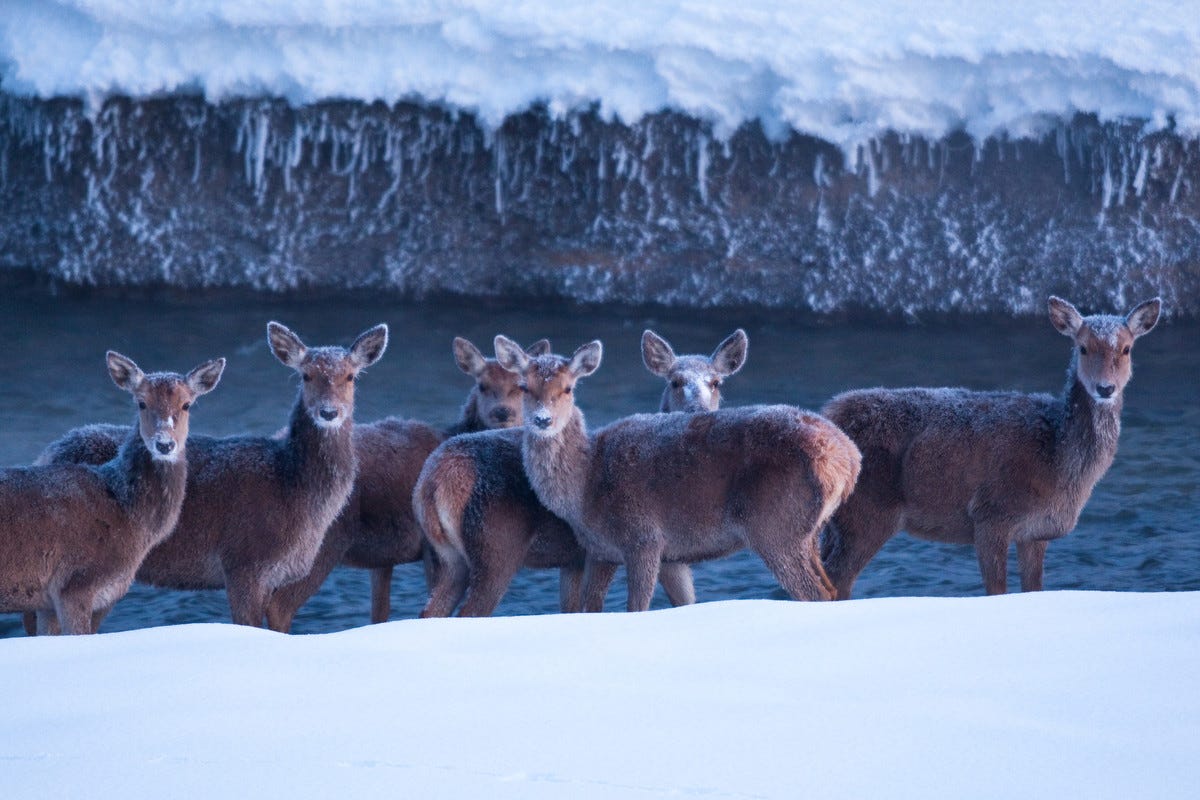

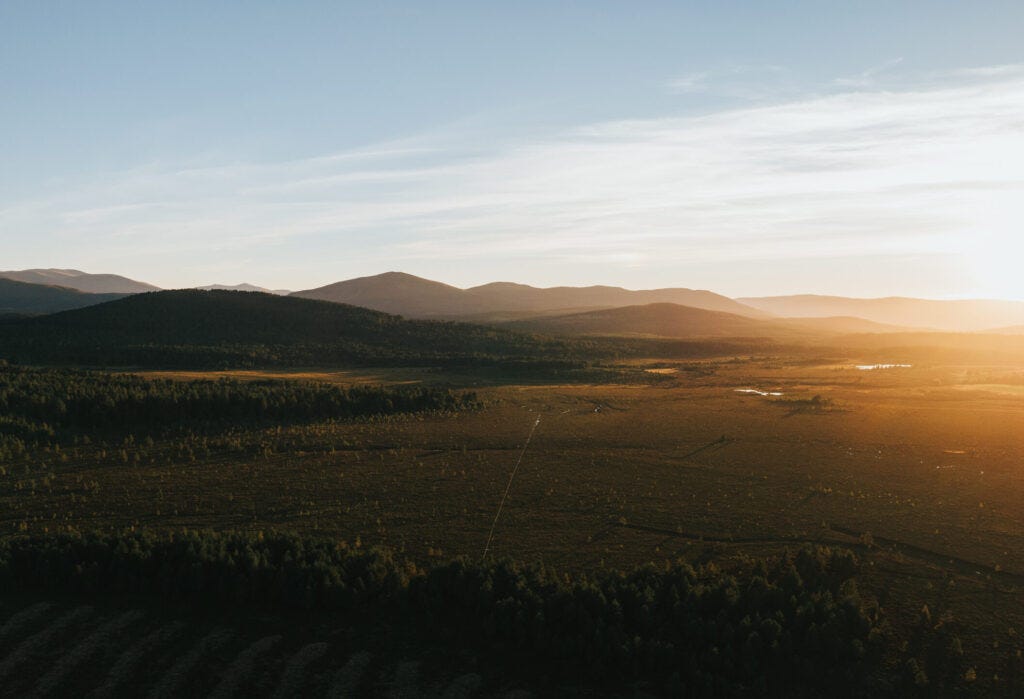


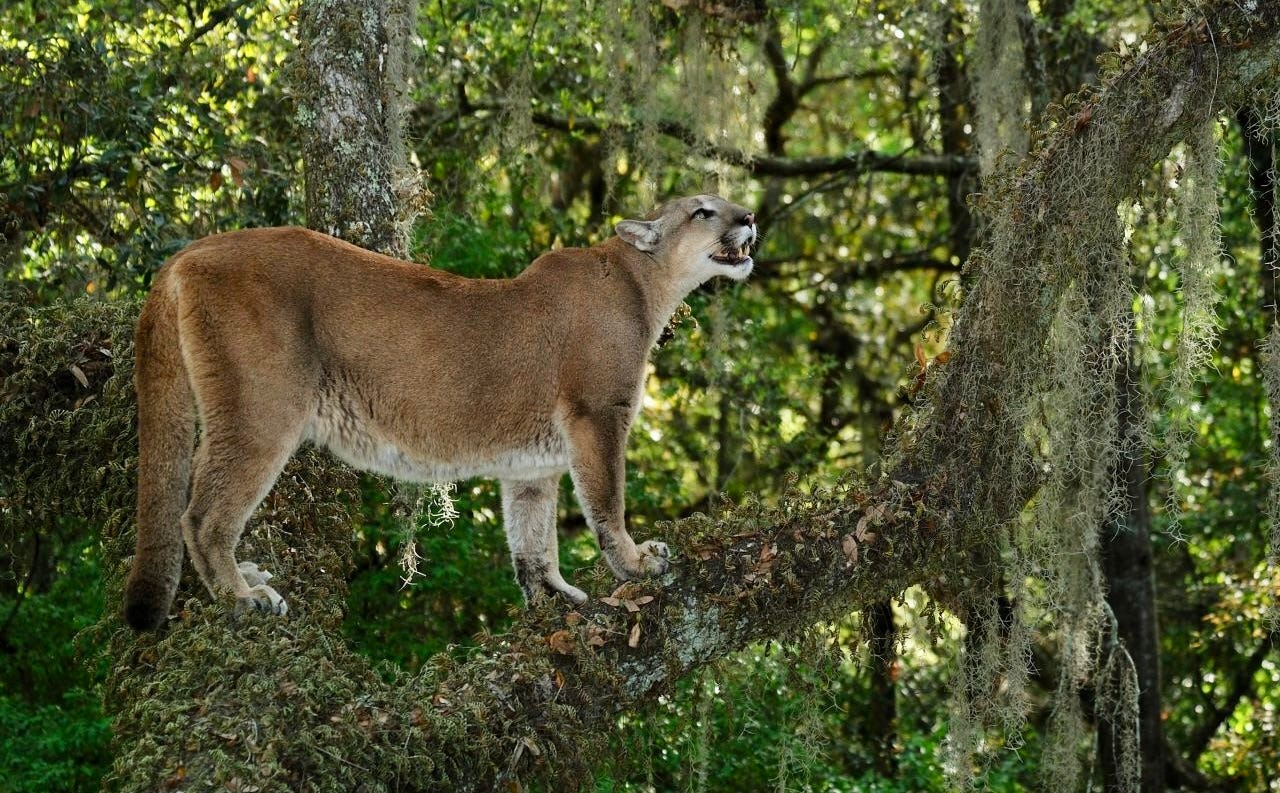


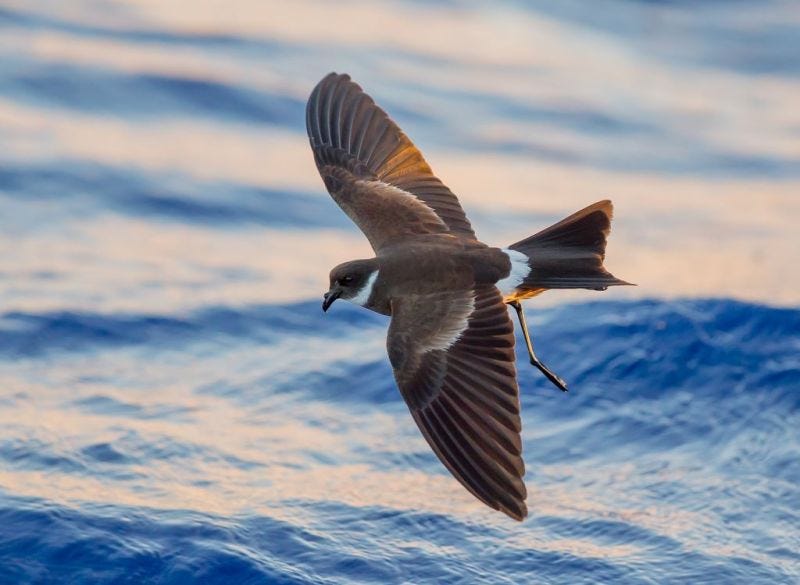

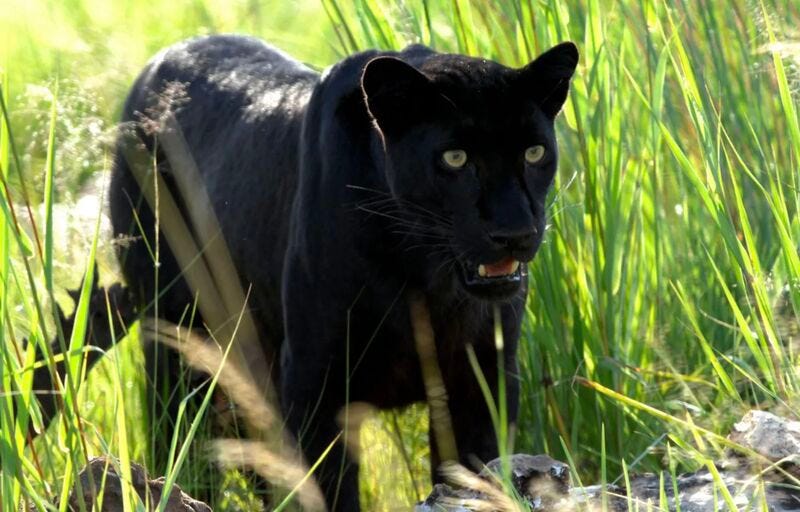

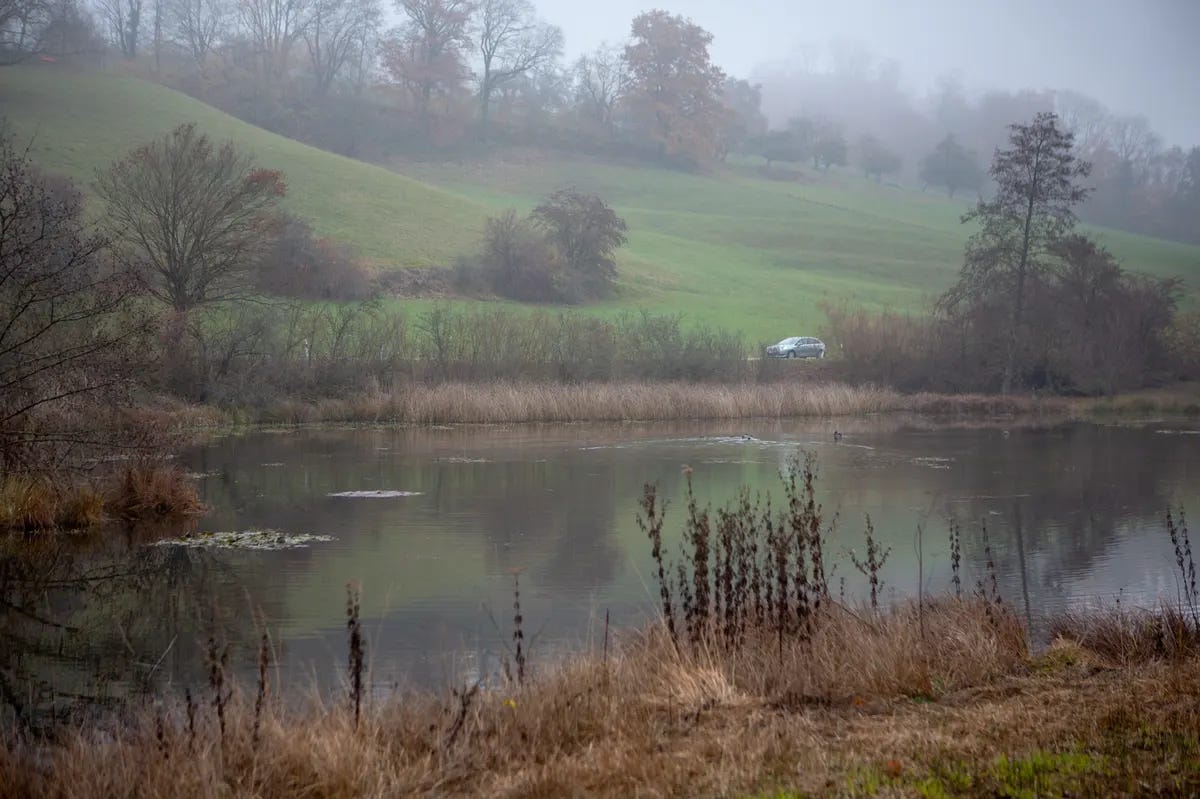



Another brilliant Rewilder Weekly Daniel, thanks for sharing. 🙏